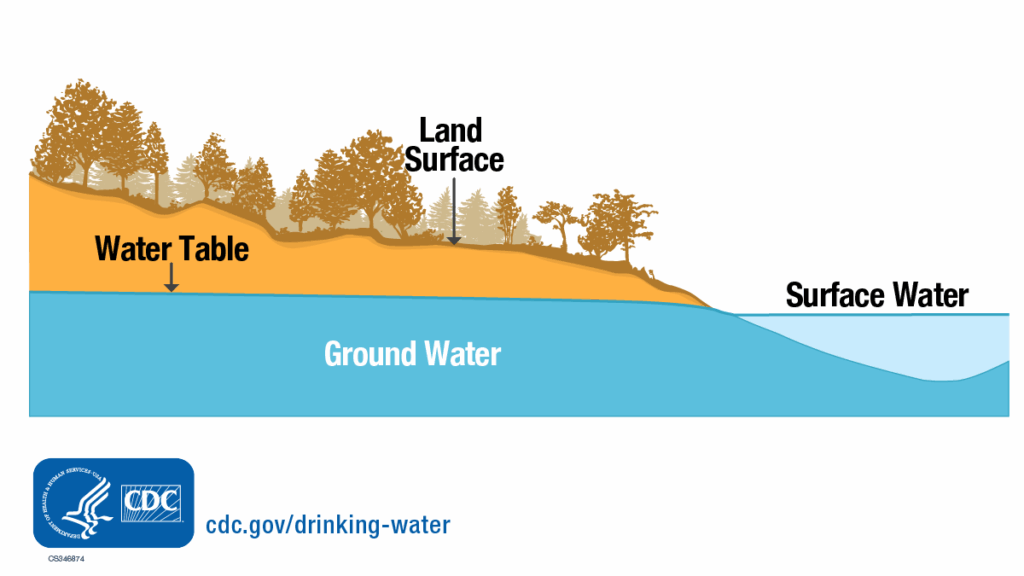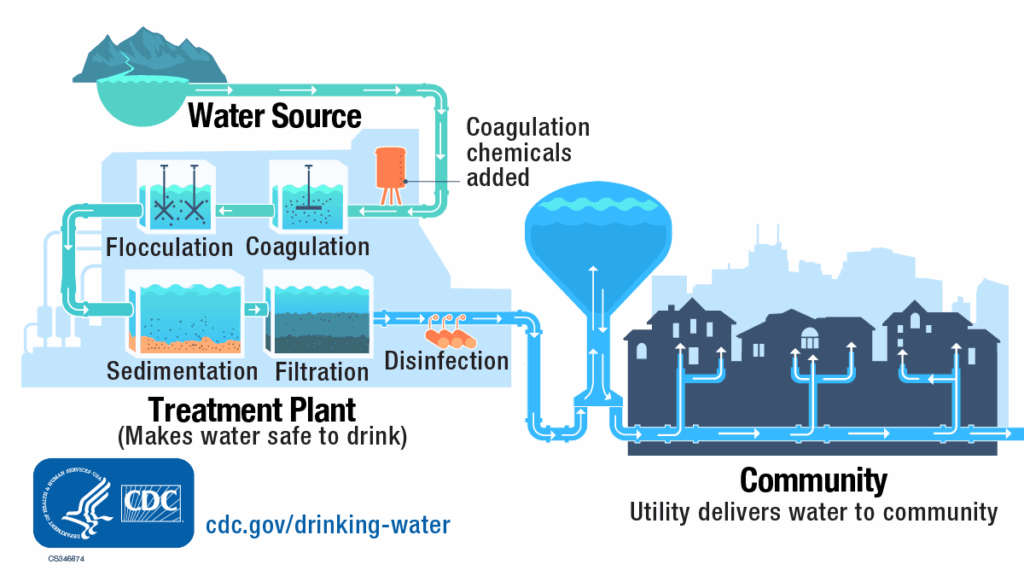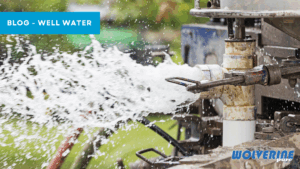It’s finally summer – the season of sunshine, fresh air, and your annual Water Quality Report.
According to the Centers for Disease Control and Prevention, 9 out of 10 people in the United States get their water from municipal water suppliers. Each local water supplier is required to provide you with a detailed Water Quality Report, also known as a Consumer Confidence Report, by July 1 of each year. While this annual report can be dense and sometimes intimidating, it includes important information on your local water supply and quality. If you’ve ever wondered, “What’s up with my tap water?”, it’s worth taking a look at the annual report. Let’s dive into how to read the report and why it’s important to you.
Understand Where Your Water Comes From

Most often, “city” water comes from groundwater or surface water sources (rain or snow that’s collected in streams, rivers, lakes, and reservoirs). This “raw” water is pumped into a nearby water treatment facility, filtered and treated, and then pumped into your home’s pipes. Water quality reports include specific information about which local lakes, rivers, reservoirs, or regions your local water comes from. This can help you understand the overall quality of the “raw” water, how this water quality changes from season to season, and what local industries or agricultural practices may impact your water quality.
Understand How Your Water is Treated and Purified
Your water quality report may also include information about how your water is treated. Typically, municipal water suppliers use a standard five-step process:
Coagulation: Using a combination of chemicals to help dirt and small particles bind together so they can be filtered out.
Flocculation: Gently mixing the water to form larger, heavier particles called flocs.
Sedimentation: Allowing the flocs, or particles, to separate and settle at the bottom of the water.
Filtration: The most important part of the process. The water is passed through multi-media filters, often containing sand, anthracite, and granular activated carbon (GAC). This step removes the fine particles, parasites, bacteria, and viruses. They also remove dissolved particles, such as dust and chemicals.
Disinfection: The last step, water suppliers will add chemical disinfectants to kill any remaining germs. Some municipal water suppliers also add fluoride at this step to promote dental health.
While these are common steps, different utilities will use different treatment steps depending on the initial quality of the water, so it’s important to take a close look at your local water quality report to learn more about how your supplier handles treatment.

Understand Which Contaminants are Present
The next section you want to look for is a table listing your local water quality data. This will include a long list of contaminants found in your water. It’s important to note that a “contaminant” is anything found in your water besides water molecules (good ‘ol H2O). They can be good or bad depending on the levels. Many minerals found in soil make their way into groundwater, but they are naturally occurring and not harmful to your health.
Look for a column that states “Violation” and scan down to see if you notice any. To comply with the U.S. Environmental Protection Agency’s (EPA) Consumer Confidence Report Rule, municipal water suppliers are required to be transparent about elevated levels of certain chemicals and contaminants and to inform consumers about the health risks associated with those contaminants. If you find a violation, look for a section in the report that gives you more details on the potential health risks of the contaminant.
What Now?
Even if you have a squeaky clean water quality report, it can’t provide you with a complete picture of your individual home’s water quality. If you have an older home, the lead, copper, or iron pipes pumping water into your tap could be depositing unwanted contaminants into your water on its journey from the treatment facility to your tap. Or, if you live in an area with hard water (like in 85% of American homes), you could be opening yourself up to damage from a slow build-up of crusty mineral deposits. (Yuck).
Know where your water comes from so you can be an informed consumer and a responsible steward of your local water supply. But if you’re looking to get pure, fresh water in your home every time, install a whole home purification system.
Contact the Wolverine Water team today to get a free water test. In just 20 minutes, we can help determine exactly what’s impacting your home’s water quality and recommend a system customized for you. Schedule a free water test today!





